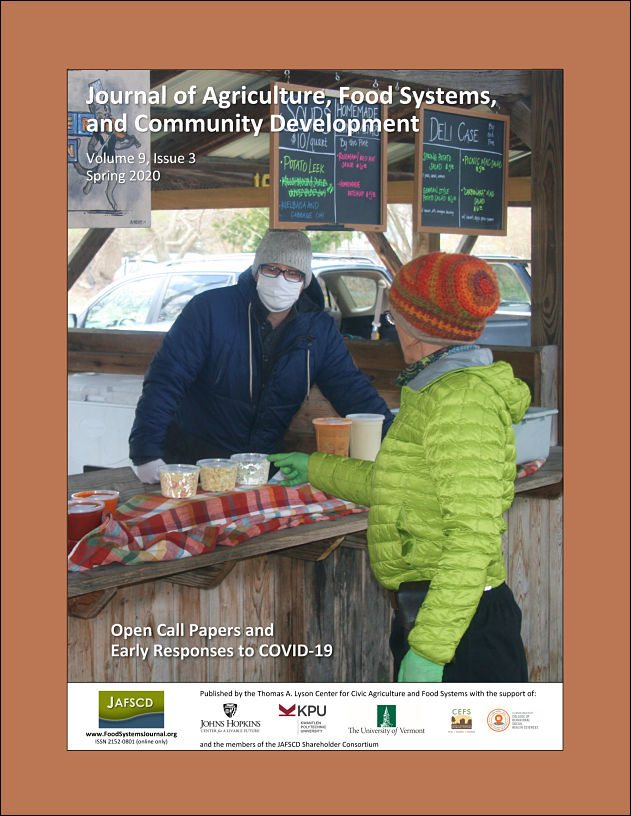Land Access Policy Incentives
Emerging Approaches to Transitioning Farmland to a New Generation
DOI:
https://doi.org/10.5304/jafscd.2020.093.027
Keywords:
Bginning Farmers/Ranchers, Conservation, Farm/Ranch Owner, Farm/Ranch Transfer, Federal Policy, Land Access, Policy Assessment, Policy Brief, Socially Disadvantaged Farmers/Ranchers, State PolicyAbstract
Success for young, beginning, and/or socially disadvantaged (New Gen) farmers and ranchers depends on their ability to secure suitable land to start and expand their operations. Yet this is a significant and widely reported challenge. It is especially difficult for beginners to acquire suitable land with appropriate housing and infrastructure.
The U.S. federal government and several states have recognized this challenge and addressed it with various types of financial incentive policies. However, little research has been done to measure the impacts and reach of these policies, even though the biggest of them have a decade of experience, increasing participation, and investment totaling over US$210 million. In this viewpoint, we first introduce the slim evidence that exists of the impacts and reach of land access policy incentive (LAPI) programs. Next, we call for further assessment of three major types of LAPIs. At the state level, these include (1) beginning farmer tax credits and (2) easement incentives to help New Gen farmers buy and preserve farmland. At the federal level, we include the Conservation Reserve Program-Transition Incentives Program (CRP-TIP) of the U.S. Department of Agriculture’s Farm Service Agency. The purpose of evaluation will be to understand more about whom LAPI programs help, what effects they have, and what recommendations can be made to strengthen policy design and program delivery.
Metrics
Downloads
Published
How to Cite
Issue
Section
License
The copyright to all content published in JAFSCD belongs to the author(s). It is licensed as CC BY 4.0. This license determines how you may reprint, copy, distribute, or otherwise share JAFSCD content.














